Home>Storage Ideas>Kitchen Storage>How Do I Make My Kitchen Look Farmhouse? 12 Elements Experts Always Include


Kitchen Storage
How Do I Make My Kitchen Look Farmhouse? 12 Elements Experts Always Include
Modified: October 21, 2024
Discover the top 12 elements experts always include to give your kitchen a farmhouse look. Get inspired by these kitchen storage ideas!
(Many of the links in this article redirect to a specific reviewed product. Your purchase of these products through affiliate links helps to generate commission for Storables.com, at no extra cost. Learn more)
Introduction
Are you dreaming of a kitchen that exudes rustic charm and timeless elegance? If so, a farmhouse-style kitchen may be the perfect choice for you. With its warm and inviting atmosphere, a farmhouse kitchen combines vintage elements with modern functionality, creating a space that is both practical and aesthetically pleasing.
In this article, we will explore 12 essential elements that experts always include when designing a farmhouse kitchen. From vintage-inspired accents to natural materials, open shelving, and antique lighting fixtures, each element contributes to the overall farmhouse look and feel. So, whether you are remodeling your existing kitchen or starting from scratch, let’s dive into the world of farmhouse kitchen design.
But before we start, it’s important to note that while these elements are commonly found in farmhouse kitchens, there is no set formula. The beauty of farmhouse design lies in its versatility and ability to adapt to individual preferences. So, feel free to mix and match these elements to create a farmhouse kitchen that reflects your personal style.
Now, let’s begin our journey into the world of farmhouse kitchens.
Key Takeaways:
- Create a warm and inviting farmhouse kitchen by incorporating vintage-inspired accents, natural materials, shiplap walls, a farmhouse sink, and open shelving for a timeless and authentic aesthetic.
- Infuse your farmhouse kitchen with rustic charm and functionality using elements like antique lighting fixtures, mason jars, a farmhouse table and chairs, and vintage artwork to evoke nostalgia and create a welcoming gathering space.
Vintage-inspired Accents
When it comes to creating a farmhouse kitchen, vintage-inspired accents are essential. These elements add character and evoke a sense of nostalgia, bringing a charming and cozy feel to the space. Here are a few ideas to incorporate vintage-inspired accents into your kitchen design:
– Antique kitchen tools: Displaying antique kitchen tools not only adds visual interest but also serves as a nod to the past. Hang vintage utensils on the wall or use them as decorative pieces on open shelves.
– Farmhouse-inspired signage: Vintage signs with phrases like “Farm Fresh” or “Country Kitchen” add a touch of rustic charm to your kitchen. You can find pre-made signs or get creative and make your own using reclaimed wood and stencils.
– Repurposed furniture: Consider repurposing old furniture pieces to add a unique twist to your farmhouse kitchen. An old hutch can be transformed into a stunning display cabinet for your vintage dishware, while an antique sideboard can be used as a stylish kitchen island.
– Flea market finds: Explore flea markets, thrift stores, and antique shops for unique vintage pieces that can be incorporated into your kitchen decor. Look for items like old scales, enamelware, and vintage linens.
– Vintage textiles: Bring a cozy and nostalgic feel to your kitchen with vintage-inspired textiles. Look for retro-inspired dish towels, curtains, and tablecloths in floral or gingham patterns.
When adding vintage-inspired accents to your kitchen, it’s important to strike a balance between functionality and aesthetics. Ensure that these elements do not overpower the space or clutter your countertops. Use them sparingly and strategically to create focal points and add charm to your farmhouse kitchen.
Remember, the beauty of vintage-inspired accents is that they tell a story and add a personal touch to your kitchen. Each piece has its own history and brings a sense of warmth and authenticity to the space. So, get creative and let your farmhouse kitchen come alive with these charming vintage-inspired accents.
Next, let’s explore the use of natural materials in creating a farmhouse kitchen ambiance.
Natural Materials
One of the defining characteristics of a farmhouse kitchen is the use of natural materials. By incorporating materials such as wood, stone, and metal, you can create a warm and inviting space that embodies the essence of the countryside. Here are some ideas on how to incorporate natural materials into your farmhouse kitchen design:
– Wood: Wood is a staple in farmhouse kitchens, adding warmth and character. Consider using reclaimed or distressed wood for your cabinetry, flooring, or exposed ceiling beams. A farm-style dining table made from solid wood can also serve as a focal point in your kitchen.
– Stone: Incorporating stone elements can bring a touch of rustic elegance to your farmhouse kitchen. Consider using stone countertops or backsplashes to add texture and durability. A stone farmhouse sink can also be a stunning centerpiece that complements the overall design.
– Metal: Metal accents, such as wrought iron or copper, can add a touch of farmhouse charm to your kitchen. Consider incorporating metal elements in your lighting fixtures, cabinet hardware, or decorative accents. A copper range hood can become a focal point and add a touch of elegance to the space.
– Brick: Exposed brick walls or brick veneers can bring a rustic and timeless appeal to your farmhouse kitchen. If you don’t have brick walls, consider using brick-patterned tiles for your backsplash or creating a faux brick accent wall.
– Natural fibers: Use natural fiber materials, such as jute or sisal, for rugs or placemats in your kitchen. These earthy textures add warmth and bring an organic feel to the space.
By incorporating natural materials, you not only enhance the authenticity of your farmhouse kitchen but also create a connection to nature. These materials have a timeless appeal and bring a sense of calm and serenity to the space. Remember to choose materials that suit your personal style and preferences while maintaining the overall farmhouse aesthetic.
Now that we’ve explored the use of natural materials, let’s move on to another must-have element in a farmhouse kitchen: shiplap walls.
Shiplap Walls
No farmhouse kitchen would be complete without the classic charm of shiplap walls. This versatile and timeless design element adds texture and visual interest to the space while creating a distinctly rustic and cozy atmosphere. Here’s everything you need to know about incorporating shiplap walls into your farmhouse kitchen:
Shiplap is a type of wooden board with grooves cut into the edges, allowing them to fit snugly together. Traditionally used in shipbuilding, shiplap has become a beloved feature in farmhouse design. It can be installed on an entire wall, as a backsplash, or as an accent wall to create a focal point.
The beauty of shiplap lies in its ability to add depth and character to your kitchen. While white is the classic choice for farmhouse-style shiplap, you can also experiment with other colors to suit your personal taste. Soft pastel shades like pale blue or light gray can create a more modern farmhouse look, while darker hues like navy or charcoal gray add a touch of drama and sophistication.
In addition to its aesthetic appeal, shiplap walls also offer practical benefits. The horizontal lines created by the boards can make the space appear wider and more spacious. It also serves as a protective layer, preventing the walls from getting damaged and making them easier to clean.
When installing shiplap in your kitchen, consider the following tips:
1. Choose high-quality, durable wood that can withstand the conditions of a kitchen environment, such as pine or cedar.
2. Ensure that the boards are properly primed and sealed to protect them from moisture and stains.
3. Use a level and measuring tape to ensure the boards are installed straight and evenly spaced.
4. Consider adding trim or molding to enhance the finished look of your shiplap walls.
Remember, the purpose of shiplap is to add rustic charm and visual interest to your kitchen. Whether you choose to install it on one wall or throughout the entire space, shiplap walls are sure to elevate the farmhouse aesthetic of your kitchen.
Now that we’ve covered the importance of shiplap walls, let’s move on to another essential element in farmhouse kitchen design: the farmhouse sink.
Farmhouse Sink
The farmhouse sink, also known as an apron-front sink, is a quintessential element in farmhouse kitchen design. With its large, deep basin and exposed front panel, this type of sink not only adds practicality but also serves as a stunning centerpiece that embodies the essence of a farmhouse kitchen. Here are some reasons why a farmhouse sink is a must-have in your kitchen:
1. Classic and Timeless Look: The farmhouse sink has been a staple in traditional farmhouses for centuries. Its timeless design and clean lines make it a perfect fit for a farmhouse-style kitchen. It adds a touch of rustic elegance and serves as a focal point that draws attention.
2. Large and Versatile: Farmhouse sinks are known for their generous size and depth, making them ideal for handling large pots and pans. Whether you’re washing dishes or preparing food, the spacious basin provides plenty of room to work comfortably. The apron-front design also eliminates the need for a counter in front of the sink, allowing you to stand closer and reducing strain on your back and shoulders.
3. Practicality and Functionality: The deep basin of a farmhouse sink makes it easier to accommodate larger items such as baking sheets, serving platters, and even small appliances. It also offers greater water capacity, allowing you to tackle your kitchen tasks efficiently. The exposed front panel adds a touch of nostalgia, but it also serves a practical purpose by catching spills and splashes and preventing water from damaging the surrounding cabinets.
4. Durability and Longevity: Farmhouse sinks are typically made of sturdy materials like fireclay or cast iron, ensuring their durability and longevity. These materials are resistant to scratches, stains, and chipping, making them perfect for heavy use in the kitchen. The farmhouse sink will not only withstand the test of time but also retain its beauty and functionality for years to come.
5. Versatile Design Options: Farmhouse sinks come in various materials, sizes, and finishes, allowing you to choose the one that best suits your kitchen design. Whether you prefer a smooth, glossy white finish or a more textured, weathered look, there is a farmhouse sink to match your style and preferences.
When installing a farmhouse sink, it’s important to consider the plumbing and cabinetry requirements. The sink will require a custom cabinet that supports its weight and provides proper clearance. It’s also essential to hire a professional plumber to ensure the sink is installed correctly and the plumbing is in good working order.
A farmhouse sink is not just a kitchen fixture; it’s a statement piece that adds charm and functionality to your farmhouse kitchen. Its timeless appeal and practicality make it an essential element in creating an authentic and inviting space.
Next, let’s explore the use of open shelving in farmhouse kitchen design.
Open Shelving
Open shelving is a hallmark of farmhouse kitchen design, bringing a sense of authenticity and functionality to the space. Unlike traditional upper cabinets with solid doors, open shelves allow you to display your dishes, glassware, and decorative items, adding a touch of charm and personalization. Here are some reasons why open shelving is a popular choice for farmhouse kitchens:
1. Airy and Open Feel: Open shelves create a sense of visual openness and airiness in the kitchen. By removing solid cabinet doors, the space feels less enclosed and more inviting. This is especially beneficial in smaller kitchens where traditional upper cabinets can make the space feel cramped.
2. Stylish Display: Open shelving provides the perfect opportunity to showcase your favorite dishes, glassware, and decorative items. You can arrange them in a visually pleasing and organized manner, adding a personal touch to your farmhouse kitchen. Consider mixing and matching different textures and colors to create an eye-catching display.
3. Easy Access: With open shelving, everything you need is within reach. There’s no need to search through dark cabinets or deal with crowded spaces. You can easily grab what you need and enjoy the convenience of having your most-used items readily available.
4. Budget-Friendly: Open shelving can be a more budget-friendly option compared to installing upper cabinets. Instead of investing in expensive cabinetry, you can opt for simple brackets and wooden or metal shelves. This allows you to allocate more of your budget to other elements of your farmhouse kitchen design.
5. Versatile Design: Open shelving can be tailored to suit your individual style and design preferences. Whether you prefer rustic reclaimed wood shelves, sleek and minimalist metal shelves, or a combination of both, you have the freedom to create a look that complements your farmhouse kitchen aesthetic. You can also play with different heights and spacing to add visual interest to your shelving.
When incorporating open shelving into your farmhouse kitchen, it’s important to strike a balance between functionality and aesthetics. Be mindful of how you arrange your items and ensure they are well organized and visually pleasing. Consider using baskets or decorative boxes to contain smaller items and keep the shelves from looking cluttered.
It’s also important to note that open shelving requires regular maintenance. Since the items on the shelves are exposed, they can accumulate dust and require more frequent cleaning compared to closed cabinets. However, many homeowners find the added effort worth the visual impact and accessibility provided by open shelves.
Open shelving adds character, functionality, and a touch of farmhouse charm to your kitchen. It allows you to showcase your personal style while creating an organized and visually pleasing space.
Next, let’s explore the timeless appeal of rustic wood flooring in farmhouse kitchen design.
Rustic Wood Flooring
When it comes to creating a farmhouse kitchen, the flooring plays a crucial role in setting the tone and establishing the rustic aesthetic. Rustic wood flooring not only adds warmth and character but also contributes to the overall charm and authenticity of the space. Here’s why rustic wood flooring is a popular choice for farmhouse kitchens:
1. Timeless Appeal: Wood flooring has been a classic choice for farmhouse kitchens for generations. Its natural warmth and beauty create a cozy and inviting atmosphere that is characteristic of farmhouse design. Rustic wood flooring, with its worn and weathered look, adds a sense of history and nostalgia to the space, further enhancing the farmhouse aesthetic.
2. Durability and Longevity: Hardwood flooring, particularly those with distressed or reclaimed finishes, is known for its exceptional durability and longevity. The natural strength and resilience of wood make it resistant to scratches, stains, and general wear and tear, ensuring that your farmhouse kitchen flooring will stand the test of time.
3. Versatility: Rustic wood flooring comes in a variety of species, finishes, and plank widths, allowing you to customize the look to suit your personal style. Whether you prefer wide-plank oak flooring for a more traditional farmhouse look or reclaimed barnwood flooring for a truly authentic rustic appeal, there are countless options to choose from. You can also play with different stain colors to achieve the desired look and feel.
4. Easy Maintenance: Wood flooring is relatively easy to clean and maintain, making it a practical choice for kitchen spaces. Regular sweeping or vacuuming, along with occasional mopping with a hardwood floor cleaner, is typically all that’s required to keep the floors looking their best. Minor scratches or dents can often be easily repaired or blended into the overall distressed look of rustic wood flooring.
5. Seamless Transition: Rustic wood flooring creates a seamless transition between the kitchen and other living spaces, enhancing the open and cohesive feel that farmhouse design embodies. This natural flow allows for a seamless connection between the kitchen, dining area, and other communal spaces in your home, promoting a welcoming and connected atmosphere.
When choosing rustic wood flooring for your farmhouse kitchen, consider the overall design and color scheme of the space. Lighter wood tones, such as natural or white-washed finishes, can create a bright and airy ambiance, while darker stains can add a touch of elegance and drama. It’s essential to balance the flooring with other design elements and ensure that it complements the overall farmhouse aesthetic you desire.
Rustic wood flooring adds warmth, character, and a sense of history to your farmhouse kitchen. It is a versatile, durable, and timeless choice that brings the essence of the countryside into your home.
Next, let’s explore the practicality and charm of a barn door pantry in your farmhouse kitchen design.
When creating a farmhouse kitchen, experts always include elements such as open shelving, vintage or distressed furniture, a farmhouse sink, natural wood accents, mason jars, and a mix of textures like wood, metal, and glass.
Barn Door Pantry
In farmhouse kitchen design, functionality and charm go hand in hand. A barn door pantry is an essential element that not only adds practical storage space but also brings a rustic and unique touch to your kitchen. Here’s why a barn door pantry is a popular choice for farmhouse kitchens:
1. Space Saving Solution: A barn door pantry maximizes storage space while taking up minimal floor space. With traditional swinging doors, you need to account for the clearance required for the doors to open. In contrast, a barn door slides along a track, allowing for easy access to your pantry items without interfering with the surrounding space.
2. Rustic Character: The sliding barn door itself adds a distinctive rustic charm to your farmhouse kitchen. Made from reclaimed or distressed wood, the door creates a focal point that adds character and visual interest. The weathered texture and natural imperfections of the wood enhance the farmhouse aesthetic, evoking a sense of nostalgia and authenticity.
3. Customizable Design: Barn doors offer endless customization options, allowing you to tailor the design to suit your personal style and kitchen decor. You can choose the type of wood, stain color, and hardware, ensuring that the barn door pantry seamlessly blends with the overall farmhouse theme. Additionally, you can incorporate unique touches like decorative handles or metal accents for added visual appeal.
4. Organization and Accessibility: A barn door pantry provides organized storage for your dry goods, kitchen essentials, and small appliances. Installing shelves or pull-out drawers within the pantry ensures easy accessibility and efficient use of space. With the sliding barn door, you can easily see and reach everything stored in the pantry, making it a breeze to find what you need when preparing meals or baking.
5. Versatile Application: The barn door pantry is not limited to the kitchen. It can be used in other areas of the home, such as the laundry room, home office, or even as a closet door. Its versatility allows you to incorporate the rustic farmhouse aesthetic throughout your entire living space.
When installing a barn door pantry, consider the size and layout of your kitchen. Determine the ideal location for the pantry to ensure it doesn’t hinder the flow of your kitchen activities. Additionally, make sure the barn door is properly installed on a sturdy track to ensure smooth and secure operation.
A barn door pantry adds a functional and stylish storage solution to your farmhouse kitchen. Its rustic charm, space-saving design, and customization options make it a favorite choice among homeowners seeking to create an authentic and practical farmhouse kitchen.
Now, let’s move on to another essential element in creating a farmhouse kitchen – the neutral color scheme.
Neutral Color Scheme
A neutral color scheme is a fundamental element in creating a farmhouse kitchen. It provides a calming and timeless backdrop that allows other design elements to shine. The beauty of a neutral color scheme lies in its versatility and ability to create a warm and inviting ambiance. Here are some reasons why a neutral color palette is a popular choice for farmhouse kitchens:
1. Timeless Elegance: Neutrals, such as whites, creams, beiges, and grays, have a classic and enduring appeal. They create a sense of timelessness and ensure that your farmhouse kitchen design remains stylish and relevant for years to come. A neutral backdrop also provides a versatile canvas that allows you to easily switch out accents or accessories to refresh the space over time.
2. Light and Airy Atmosphere: Neutral colors have the ability to make a space feel brighter and more expansive. In a farmhouse kitchen, where airiness and natural light are key, a neutral color scheme helps to reflect light and create an open and airy atmosphere. It also allows other design elements, such as rustic wood accents or vintage-inspired accessories, to take center stage and shine.
3. Showcasing Natural Materials: A neutral color palette allows the natural materials in your farmhouse kitchen to be the star of the show. Whether it’s the warm tones of reclaimed wood flooring, the natural beauty of a stone countertop, or the rustic charm of a farmhouse sink, neutrals provide a harmonious backdrop that enhances the beauty of these materials.
4. Versatility and Adaptability: Neutrals are incredibly versatile, making them well-suited for a farmhouse kitchen. They can be paired with a wide range of accent colors and materials, allowing you to customize the look and feel of your kitchen according to your personal style. Whether you prefer a more traditional farmhouse look with soft pastels or a modern farmhouse aesthetic with pops of bold color, neutrals provide the perfect foundation.
5. Timeless Cohesion: A neutral color scheme creates a cohesive and harmonious look throughout the farmhouse kitchen. It allows different design elements to seamlessly blend together, creating a unified and visually pleasing space. Neutrals also provide a sense of calm and tranquility, making the kitchen a welcoming and inviting place for family and guests alike.
When planning a neutral color scheme for your farmhouse kitchen, consider the desired mood and atmosphere you want to achieve. Cool grays and soft whites create a clean and contemporary look, while warm beiges and creams evoke a cozy and traditional feel. Experimenting with different shades and textures can add depth and interest to the space.
A neutral color scheme provides a timeless and versatile backdrop for your farmhouse kitchen. It allows the natural materials and other design elements to shine while creating a warm and welcoming environment that embodies the essence of farmhouse style.
Next, let’s explore the importance of antique lighting fixtures in completing the farmhouse look.
Antique Lighting Fixtures
Antique lighting fixtures are the perfect finishing touch to complete the farmhouse look in your kitchen. They add a touch of nostalgia, elegance, and authenticity while providing essential illumination. Here are some reasons why antique lighting fixtures are an essential element in farmhouse kitchen design:
1. Vintage Charm: Antique lighting fixtures, such as vintage chandeliers, lanterns, or pendant lights, bring a sense of history and charm to your farmhouse kitchen. They evoke a feeling of nostalgia and add character to the space. The intricate details and craftsmanship found in antique fixtures create a focal point and become a conversation piece, making your farmhouse kitchen truly unique.
2. Warm and Ambient Lighting: Antique lighting fixtures often emit a warm and soft glow, adding a cozy and inviting ambiance to your kitchen. This warm lighting creates a comfortable atmosphere and enhances the rustic charm of the space. Whether you choose fixtures with exposed Edison bulbs or decorative shades, antique lighting adds a touch of romance and elegance to your farmhouse kitchen.
3. Complementing the Style: Antique lighting fixtures perfectly complement the overall farmhouse aesthetic. They blend seamlessly with other design elements like rustic wood, vintage accents, and natural materials. Antique brass or aged copper finishes beautifully harmonize with neutral color schemes, enhancing the nostalgia and authenticity of the farmhouse look.
4. Statement Pieces: Antique lighting fixtures serve as statement pieces in your farmhouse kitchen. Whether you hang a chandelier above the dining table or use pendant lights to illuminate the kitchen island, these fixtures catch the eye and create a focal point. They add a touch of grandeur and sophistication, elevating the overall design of the space.
5. Sustainability and Eco-friendliness: Incorporating antique lighting fixtures into your kitchen design is an eco-friendly choice. By repurposing and reusing vintage fixtures, you contribute to sustainability by reducing waste and environmental impact. Additionally, antique fixtures are often made with high-quality materials and craftsmanship, ensuring their durability and longevity.
When selecting antique lighting fixtures for your farmhouse kitchen, consider the scale and proportion of the fixtures in relation to the size of the space. A larger chandelier may be appropriate for a spacious kitchen with high ceilings, while smaller pendant lights can be used in smaller or more intimate areas. Pay attention to the level of illumination provided by the fixtures to ensure they meet your functional needs as well.
Antique lighting fixtures provide a sense of history and elegance to your farmhouse kitchen. They add visual interest, warmth, and a nostalgic touch, elevating the overall design and completing the farmhouse look you desire.
Finally, let’s explore the decorative use of mason jars and galvanized metal in farmhouse kitchen design.
Mason Jars and Galvanized Metal
When it comes to farmhouse kitchen design, mason jars and galvanized metal are popular decorative elements that add rustic charm and a touch of nostalgia. Here’s why incorporating these elements into your farmhouse kitchen is a delightful choice:
1. Classic Farmhouse Appeal: Mason jars and galvanized metal are quintessential farmhouse staples. They evoke a sense of tradition and simplicity, reminiscent of a bygone era. These elements bring a touch of rustic charm and authenticity to your kitchen, creating a warm and inviting atmosphere that embodies the farmhouse aesthetic.
2. Versatile Storage Solution: Mason jars are not only decorative but also highly practical. They can be used to store dry goods, spices, homemade jams, or even as drinking glasses. Their clear glass construction allows you to see the contents at a glance, making them both functional and visually appealing. Galvanized metal containers, such as buckets or bins, offer durable and stylish storage options for utensils, dishcloths, or fresh produce.
3. DIY Potential: Mason jars and galvanized metal can easily be transformed into DIY projects to add a personal touch to your farmhouse kitchen. You can paint or distress mason jars to match your color scheme or use them as vases for flowers. Galvanized metal can be repurposed into planters, wall organizers, or even used to create a farmhouse-style backsplash. The possibilities are endless, and DIY projects allow you to infuse your own creativity and personal style into the design.
4. Farmhouse-inspired Decor: Mason jars and galvanized metal blend seamlessly with other farmhouse-inspired decor elements. They complement natural materials like wood and stone, textured fabrics, and vintage accents. By incorporating these elements into your kitchen design, you create a cohesive and charming farmhouse look that feels warm and inviting.
5. Authenticity and Simplicity: Mason jars and galvanized metal represent the simplicity and authenticity that farmhouse design embodies. They harken back to a time when practicality and functionality were valued, and décor was rooted in purpose. These elements add a touch of nostalgia and tell a story, making your farmhouse kitchen feel like a homely and cherished space.
When using mason jars and galvanized metal in your farmhouse kitchen, be mindful of the balance between function and aesthetics. Use them strategically as accents or focal points to prevent the space from feeling cluttered. Consider grouping mason jars in clusters or displaying them on open shelves, and use galvanized metal containers as statement pieces on countertops or as hanging storage.
Mason jars and galvanized metal bring a rustic and charming appeal to your farmhouse kitchen. Their versatility, DIY potential, and timeless simplicity make them an essential part of creating an authentic and cozy farmhouse atmosphere.
Lastly, let’s explore the importance of a farmhouse table and chairs in completing the farmhouse kitchen design.
Farmhouse Table and Chairs
A farmhouse table and chairs are not just functional furniture pieces; they are central to creating a warm and inviting gathering space in your farmhouse kitchen. Here’s why incorporating a farmhouse table and chairs is essential in completing the farmhouse kitchen design:
1. Gathering Place: The farmhouse table serves as the heart of the kitchen, providing a space where family members and guests can gather, dine, and connect. It embodies the warmth and hospitality that is characteristic of farmhouse living. Whether it’s for family meals, entertaining friends, or hosting gatherings, a farmhouse table creates a welcoming and communal atmosphere.
2. Rustic Charm: Farmhouse tables and chairs are typically made of sturdy, natural materials like wood, which adds a rustic and timeless charm to your kitchen. The solid construction and distressed finishes enhance the farmhouse aesthetic, evoking a sense of history and authenticity. From traditional rectangular tables to round or oval designs, there are various styles to choose from to suit your space and personal taste.
3. Durability and Practicality: Farmhouse tables are built to withstand the rigors of daily use. They are designed to be functional and durable, allowing you to comfortably enjoy meals and activities without worrying about delicate finishes or fragile surfaces. The chairs are often solid and comfortable, providing ample seating for family and guests.
4. Versatility: Farmhouse tables and chairs come in a range of styles and finishes, providing you with the opportunity to customize them to match your kitchen decor. Whether you prefer a classic farmhouse look with a natural wood finish or a more modern twist with painted or distressed finishes, there is a farmhouse dining set to suit your style and preferences.
5. Timeless Appeal: The farmhouse table and chairs have a timeless appeal that transcends trends. They bring a sense of nostalgia and familiarity to your kitchen, creating a space that feels welcoming and lived-in. Their simple and elegant design ensures that they remain relevant and stylish for years to come.
When selecting a farmhouse table and chairs for your kitchen, consider the size and layout of your space. Measure the available area to ensure the table fits comfortably and allows enough space for movement around it. Consider the number of chairs needed to accommodate your family size and any additional seating requirements for guests.
Pair your farmhouse table with chairs that reflect the same rustic charm and style. Choose chairs made of wood or with upholstered seats that provide both comfort and visual appeal. Mixing and matching different chair styles can also add an eclectic touch to your farmhouse kitchen, further enhancing its character.
A farmhouse table and chairs create a gathering space that embodies the essence of farmhouse living. They add rustic charm, functionality, and a sense of togetherness to your kitchen, making it a warm and inviting place for meals and cherished moments.
Finally, let’s explore the decorative use of vintage artwork and signage in farmhouse kitchen design.
Vintage Artwork and Signage
Vintage artwork and signage are the perfect finishing touches to complete the farmhouse kitchen design. They add personality, charm, and a nostalgic touch to your space. Here’s why incorporating vintage artwork and signage is essential in farmhouse kitchen design:
1. Unique and Personal Touch: Vintage artwork and signage bring a sense of individuality and personalization to your farmhouse kitchen. They tell a story and create a connection to the past, adding depth and character to the space. Whether it’s vintage prints, antique oil paintings, or hand-painted signs, these pieces evoke a sense of nostalgia and become conversation starters.
2. Decorative Focal Points: Vintage artwork and signage create visual focal points that draw the eye and add interest to your kitchen walls. Whether you choose a large statement piece or a collection of smaller vintage-inspired prints, they add depth and dimension to the space, enhancing the overall farmhouse aesthetic.
3. Retro Charm: Vintage artwork and signage have a retro charm that perfectly complements the farmhouse style. They often feature elements like farm animals, country landscapes, or quaint kitchen scenes, capturing the essence of rural living. The aged textures and muted colors enhance the vintage appeal and contribute to the overall warmth and coziness of the farmhouse kitchen.
4. Reflecting the History: Vintage artwork and signage in a farmhouse kitchen reflect the history and traditions associated with the farmhouse lifestyle. Whether it’s a vintage food advertisement, a retro-inspired coffee sign, or a piece of family heirloom artwork, these elements create a connection to the past and pay homage to the rich heritage of farmhouse living.
5. Mixing Old and New: Incorporating vintage artwork and signage into your kitchen design allows you to blend the old with the new. The juxtaposition of modern appliances and sleek cabinetry with vintage-inspired decor creates a unique and eclectic look. It adds visual interest and showcases your personal style and appreciation for vintage aesthetics.
When incorporating vintage artwork and signage, consider the size and scale of your kitchen walls. Large empty walls may benefit from a statement piece, while smaller walls or gaps between cabinets can be adorned with smaller vintage prints or signs. It’s important to strike a balance between the size of the artwork and the available wall space to achieve a visually pleasing arrangement.
Vintage artwork and signage provide the perfect finishing touches to your farmhouse kitchen. They infuse the space with character, nostalgia, and individuality, creating a welcoming and personalized environment that truly reflects the essence of farmhouse living.
Now that we’ve explored the essential elements of farmhouse kitchen design, it’s time to bring your vision to life and create the farmhouse kitchen of your dreams. Whether you incorporate vintage-inspired accents, natural materials, shiplap walls, a farmhouse sink, open shelving, rustic wood flooring, a barn door pantry, a neutral color scheme, antique lighting fixtures, mason jars and galvanized metal, a farmhouse table and chairs, or vintage artwork and signage, each element contributes to the overall charm, warmth, and authenticity that define the farmhouse style. Happy designing!
Conclusion
Designing a farmhouse kitchen is an opportunity to create a warm and inviting space that combines vintage charm with modern functionality. By incorporating essential elements like vintage-inspired accents, natural materials, shiplap walls, a farmhouse sink, open shelving, rustic wood flooring, a barn door pantry, a neutral color scheme, antique lighting fixtures, mason jars and galvanized metal, a farmhouse table and chairs, and vintage artwork and signage, you can bring the farmhouse aesthetic to life.
Vintage-inspired accents such as antique kitchen tools, farmhouse signage, repurposed furniture, flea market finds, and vintage textiles all contribute to the overall charm and character of a farmhouse kitchen. Natural materials, such as wood, stone, and metal, bring a sense of authenticity and warmth to the space. Shiplap walls provide texture and a timeless appeal, while a farmhouse sink adds functionality and serves as a stunning centerpiece.
Open shelving allows you to showcase your favorite dishes and glassware while creating an airy and open feel in the kitchen. Rustic wood flooring provides durability and a sense of history. A barn door pantry offers space-saving storage and adds a touch of rustic charm.
A neutral color scheme serves as a versatile backdrop that enhances the beauty of other farmhouse elements. Antique lighting fixtures provide vintage charm and romantic lighting. Mason jars and galvanized metal add a rustic touch and versatile storage solutions. A farmhouse table and chairs create a focal point and a gathering space for family and friends. Vintage artwork and signage add personality and nostalgia, completing the farmhouse look.
By incorporating these essential elements into your farmhouse kitchen, you can create a space that is not only visually appealing but also functional and full of character. Whether it’s for meal preparations, gatherings, or simply enjoying the comforts of home, your farmhouse kitchen will be a place that exudes warmth, nostalgia, and a sense of timeless beauty.
So, unleash your creativity, infuse your personal style, and make your farmhouse kitchen a reflection of the heart and soul of your home. With these essential elements, your farmhouse kitchen will become a cherished space where memories are made and cherished for years to come.
Frequently Asked Questions about How Do I Make My Kitchen Look Farmhouse? 12 Elements Experts Always Include
Was this page helpful?
At Storables.com, we guarantee accurate and reliable information. Our content, validated by Expert Board Contributors, is crafted following stringent Editorial Policies. We're committed to providing you with well-researched, expert-backed insights for all your informational needs.
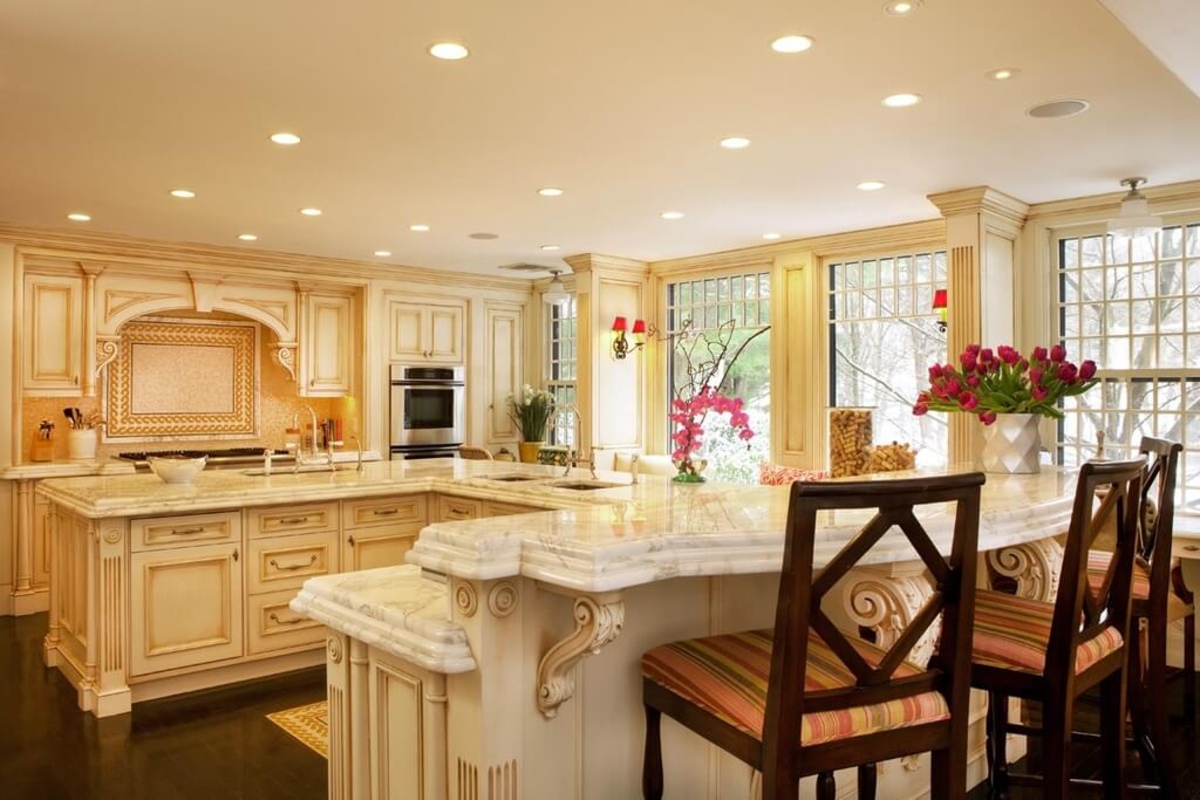
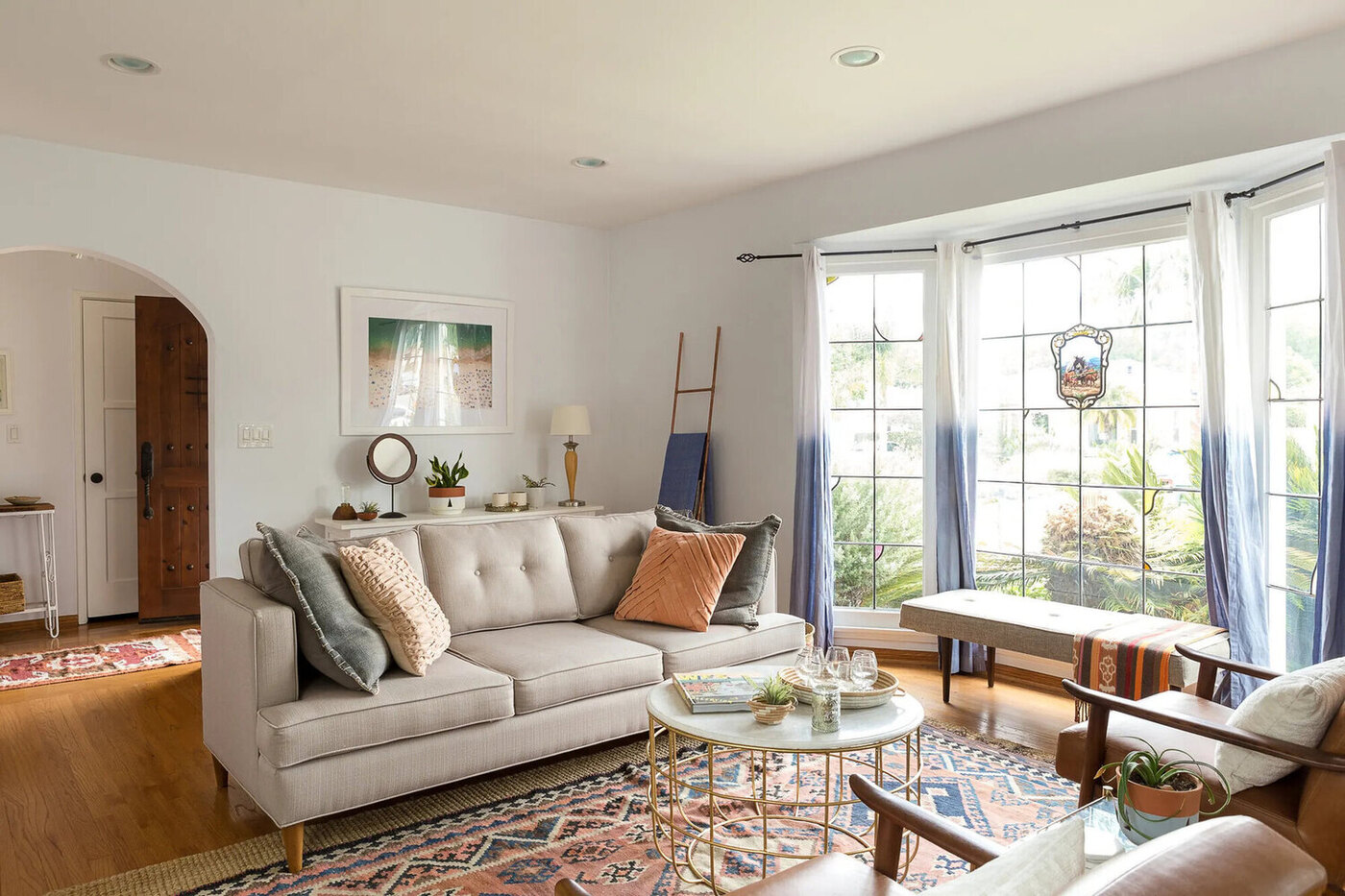
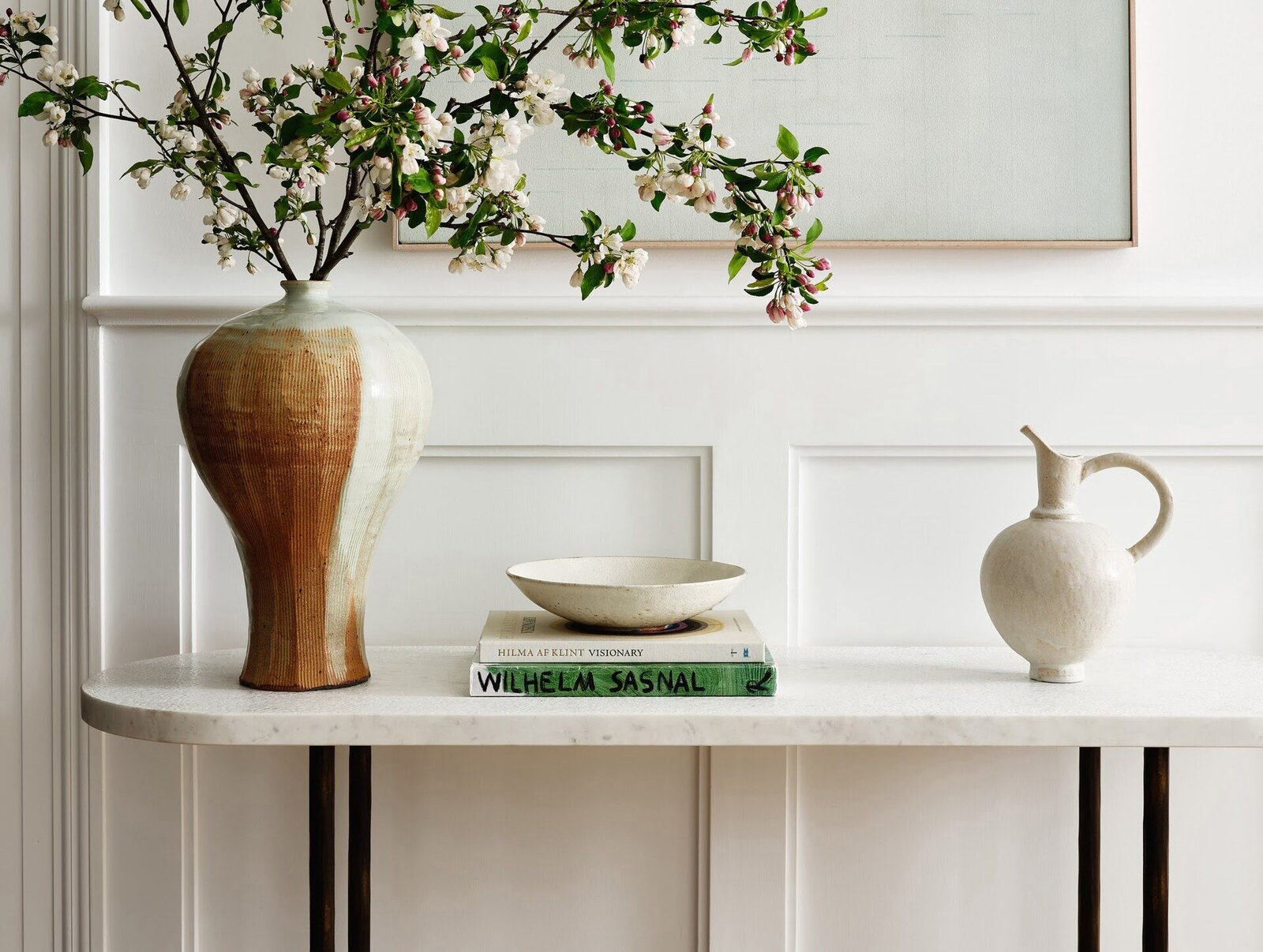

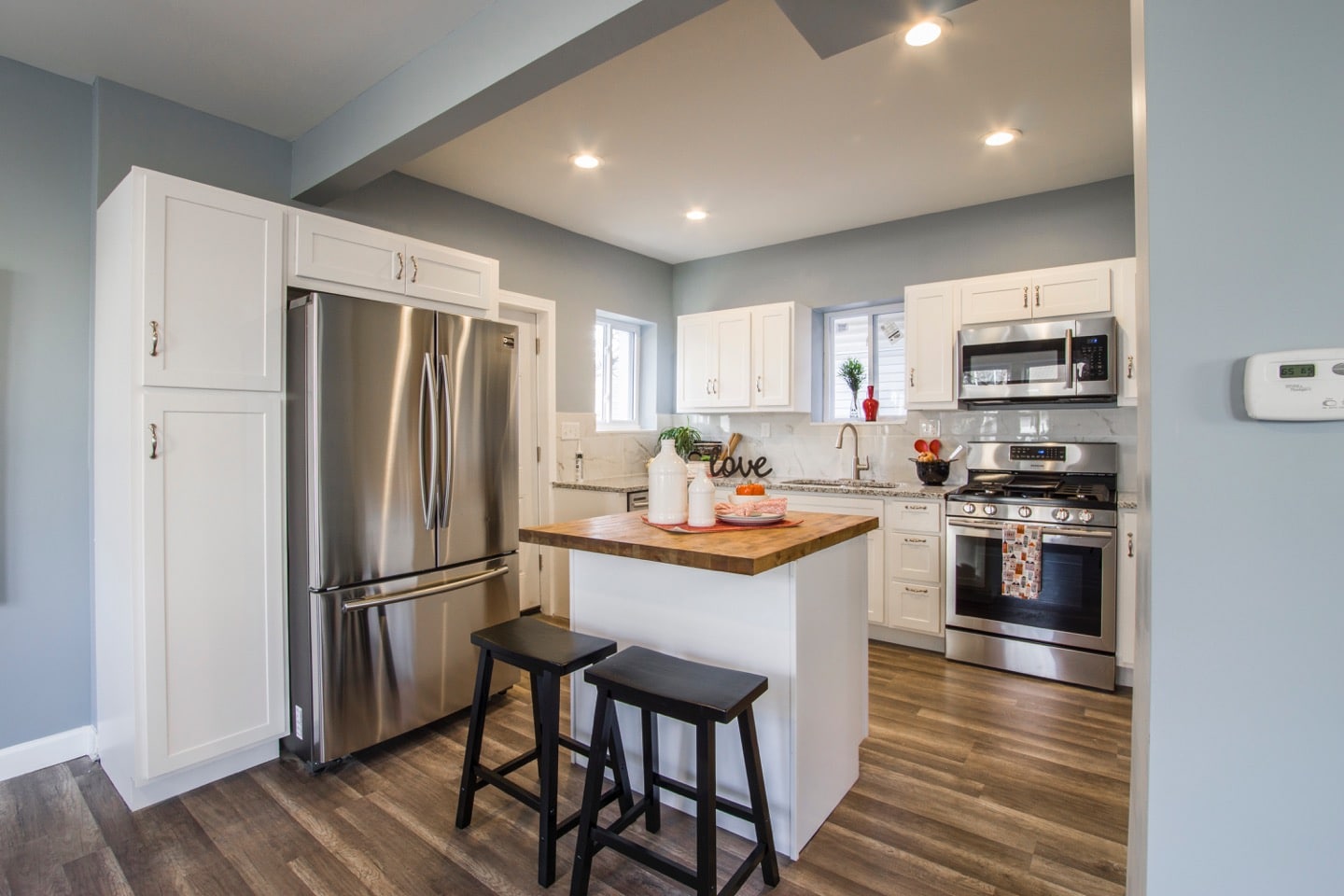
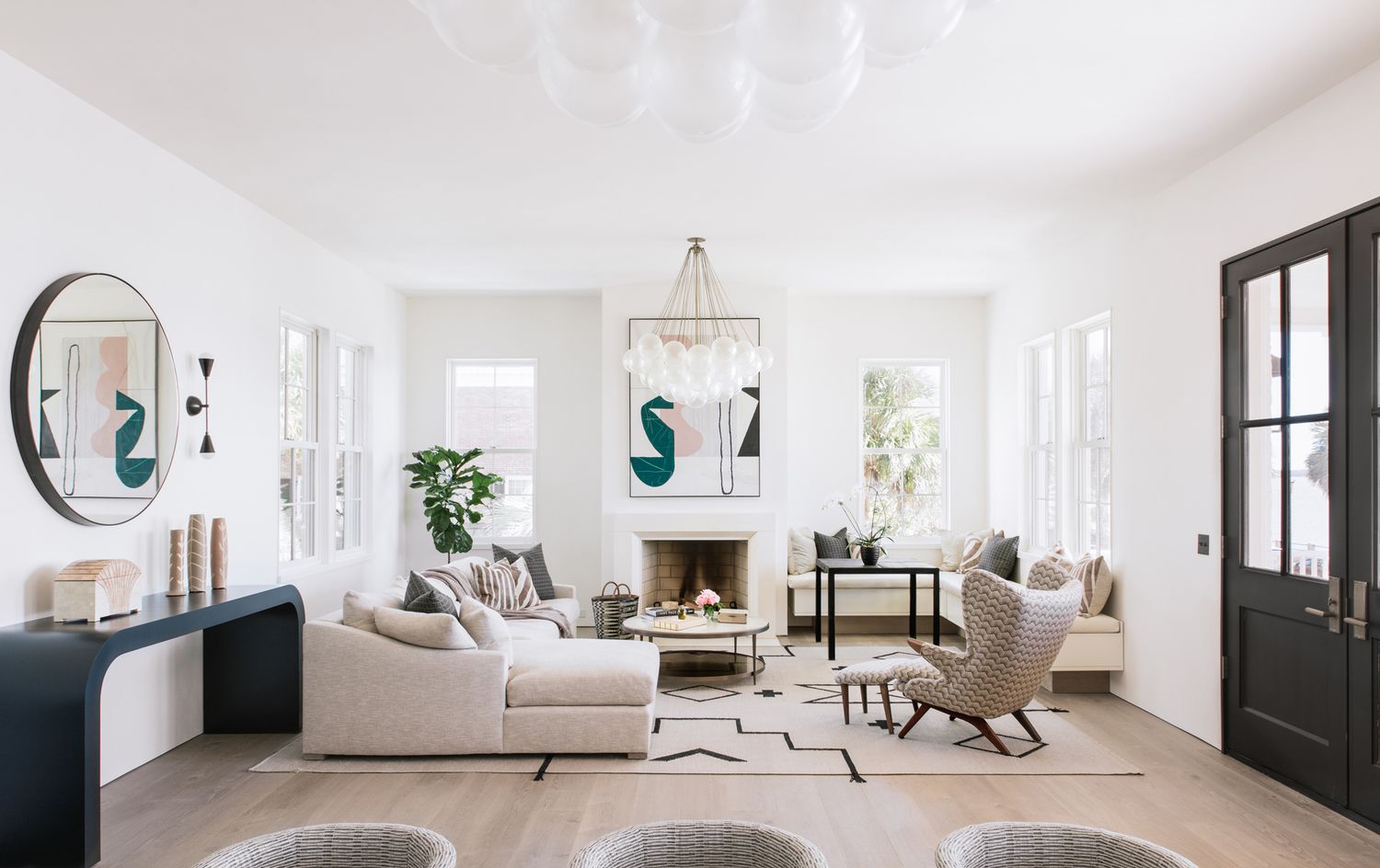


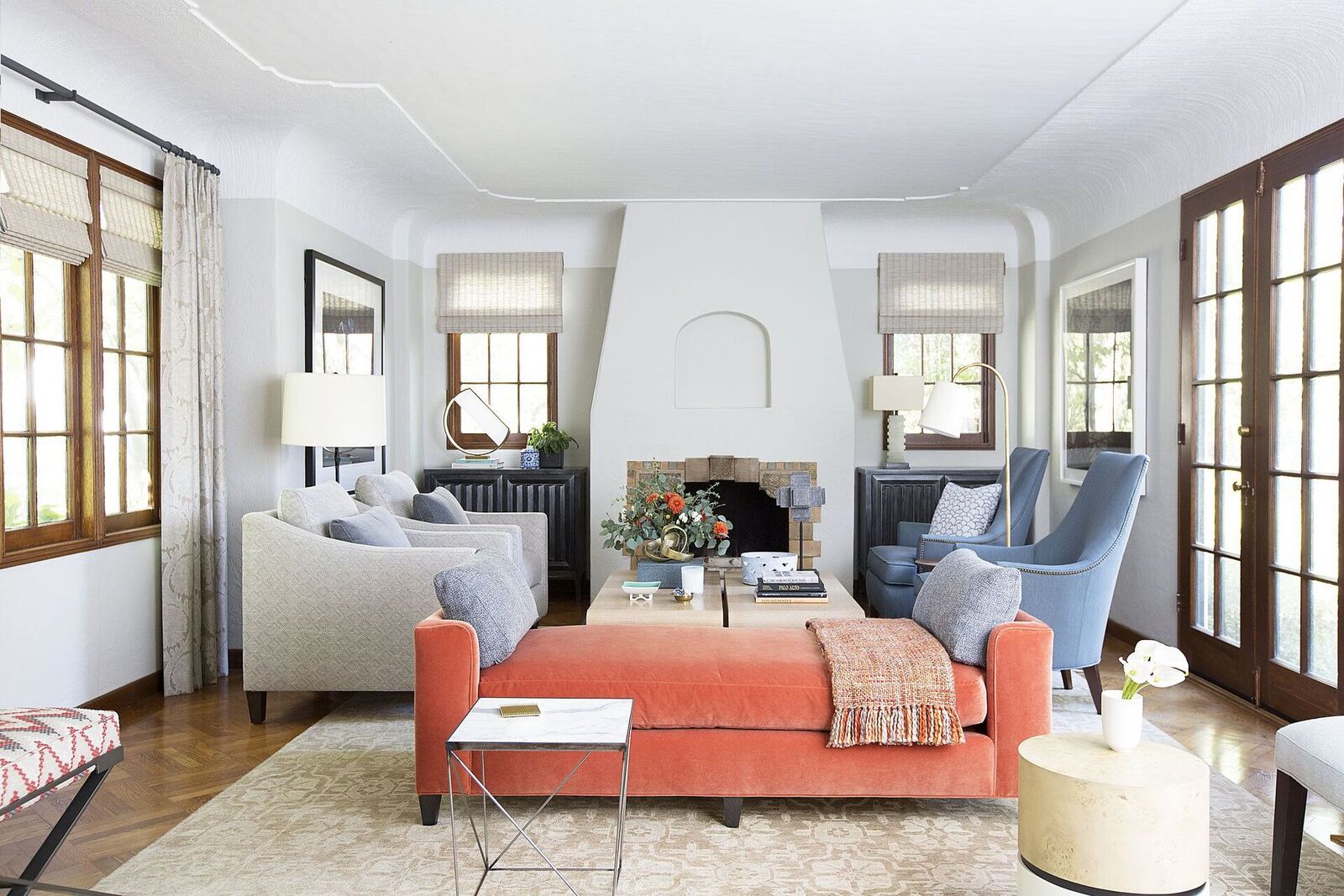
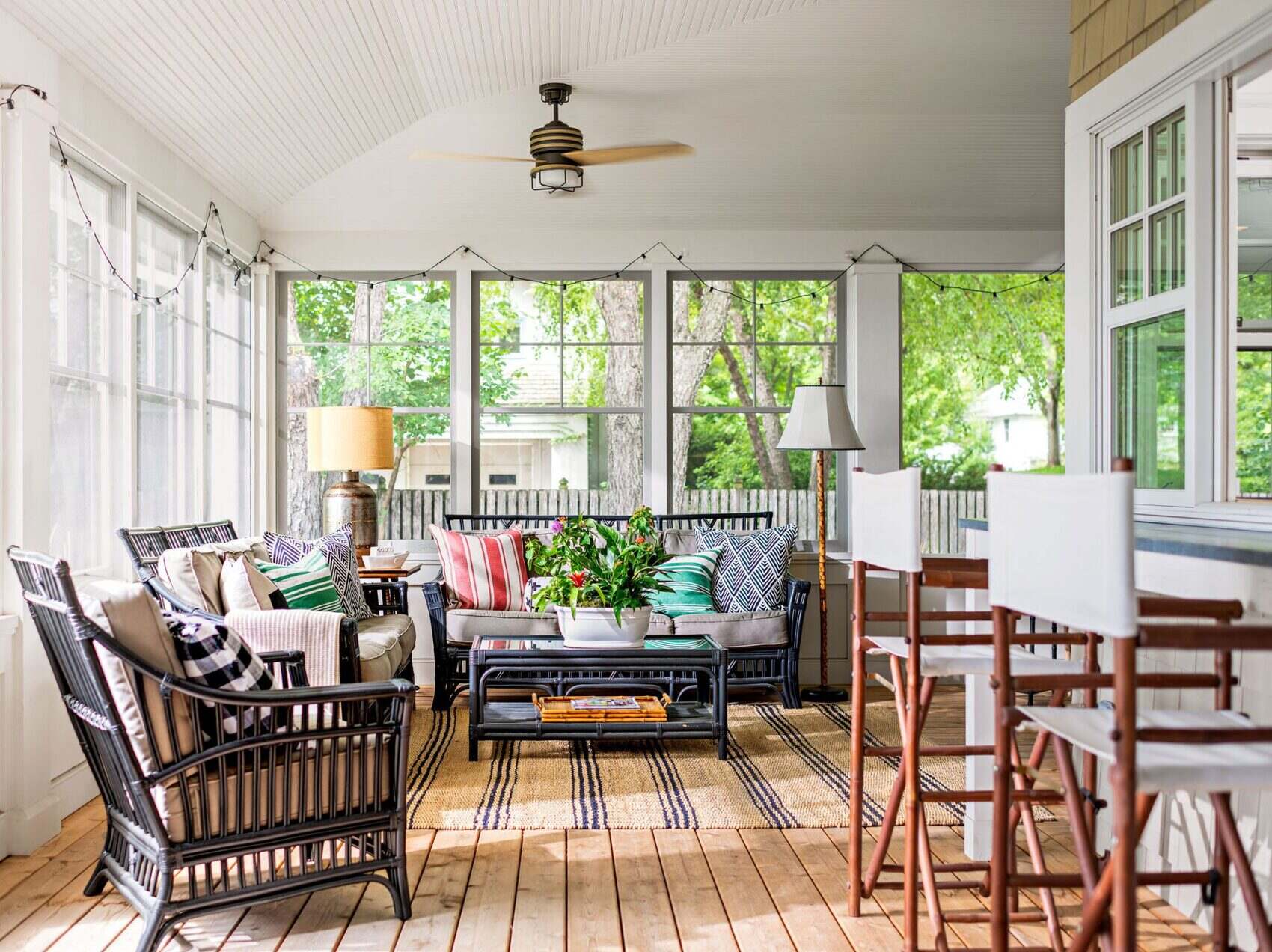
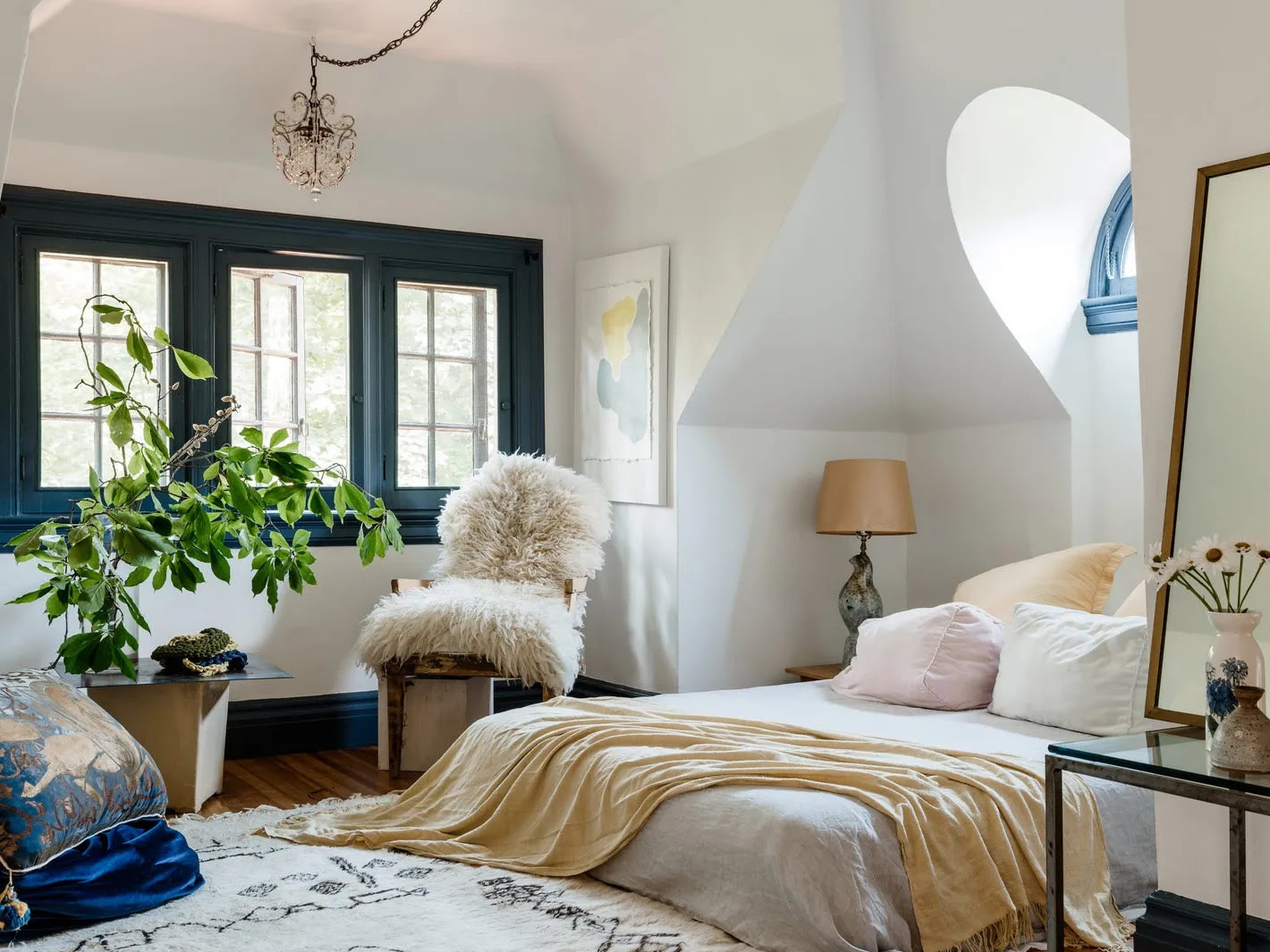
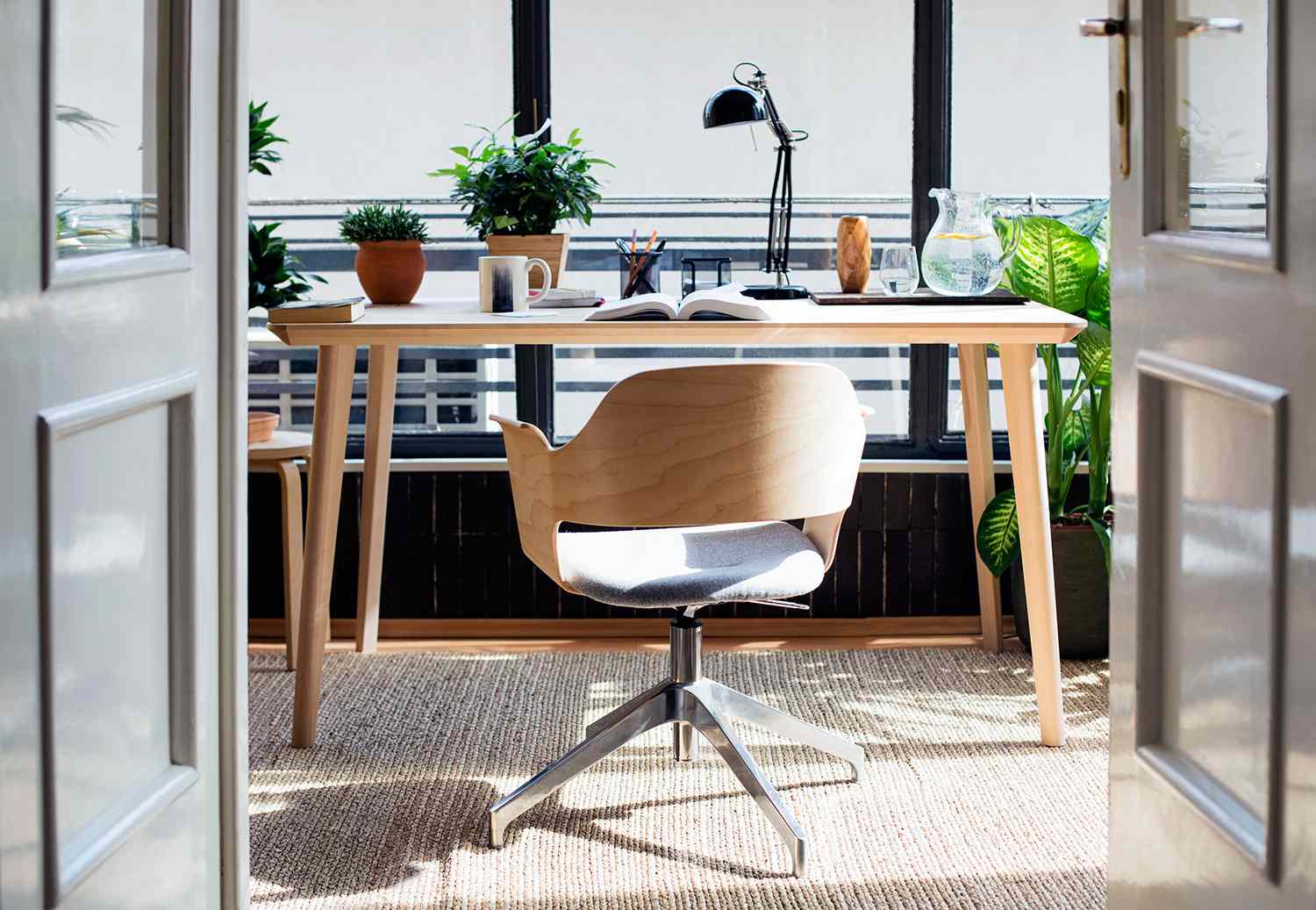

0 thoughts on “How Do I Make My Kitchen Look Farmhouse? 12 Elements Experts Always Include”